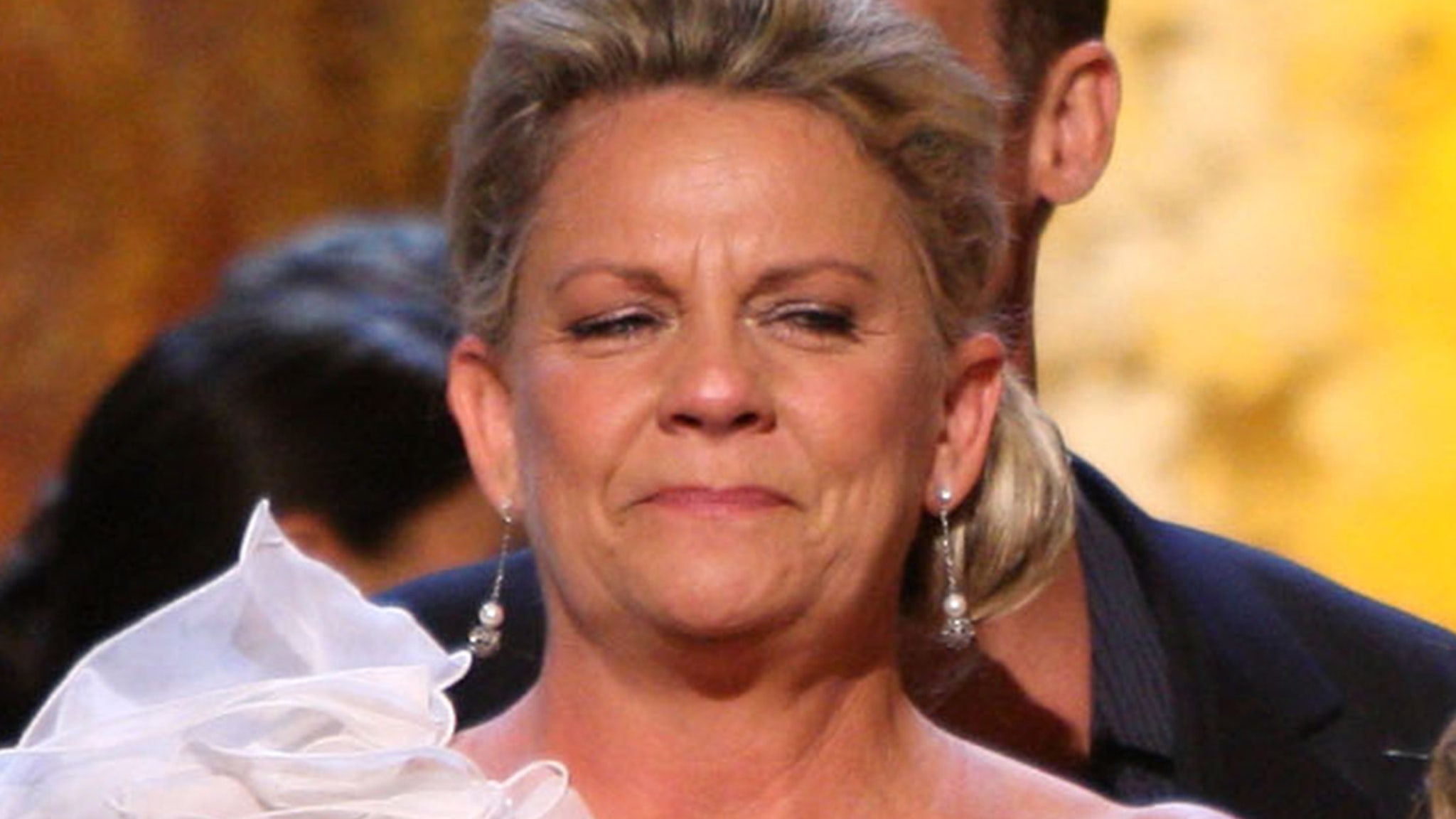Culture
Book Review: ‘A Life Impossible,’ by Steve Gleason

A LIFE IMPOSSIBLE: Living With ALS: Finding Peace and Wisdom Within a Fragile Existence, by Steve Gleason with Jeff Duncan
After you turn 70, as I will this year, any celebration will be muted by an ever-increasing awareness of mortality. I fear death, but what I fear even more is the way in which I’ll die. I hope it’s a heart attack in the dark of night — quick and painless, here today, gone tomorrow.
I’m terrified that the cause will be amyotrophic lateral sclerosis, also known as A.L.S. or Lou Gehrig’s disease. It fundamentally destroys the nervous system, not all at once but in excruciating steps, leading to loss of muscle and the inability to speak, swallow or breathe on your own, constipation, drooling: You name it, A.L.S. will destroy it. The one area not affected is your brain. You understand what’s happening; you’re conscious of every indignity and humiliation until you die, usually within two to five years of diagnosis.
Which leads us to Steve Gleason’s memoir, “A Life Impossible,” written with Jeff Duncan. More than a decade after learning he had A.L.S. at the age of 33, Gleason has survived with the help of faith, resilience and the support of his wife, Michel, who has endured her own share of suffering.
I greatly admire “A Life Impossible” — its unflinching honesty and candor — but I’m not sure I am better off for reading it. Sometimes, ignorance is a mercy.
Gleason was a football player from Spokane, Wash., one of those athletes who supplemented his talent with a relentless work ethic, measuring himself by how much pain he could withstand, the more the better. He went to Washington State University, where he was a star linebacker on a team that went to the Rose Bowl. He wasn’t drafted but several teams expressed interest in signing him. For eight years, until his retirement in 2008, Gleason played on special teams with the New Orleans Saints, making his presence felt on every kicking play.
He was a physical kamikaze, fighting off blocks to get to kickoff and punt returners, all at blazing speed, a magnet for pain and adrenaline. He led the team in special teams tackles for several years and was named to ESPN’s All-Pro team for his performance during the 2002 season. But when the Saints returned to the Superdome after Hurricane Katrina, Gleason made a career-defining play: On the very first series of downs, he blocked a punt by the Atlanta Falcons that led to a Saints touchdown. It was an electrifying moment for New Orleans.
Unfortunately, Gleason’s post-football career wasn’t quite as triumphant. He lost $1 million in a series of ill-advised real estate investments, but then became determined to rebuild his financial life. Self-pity doesn’t appear to be part of Gleason’s vocabulary; the harder the challenge, the more he reveled in beating it.
Until Jan. 5, 2011, when he was diagnosed with A.L.S. after experiencing involuntary muscle twitches in his arms and shoulder. Over a period of years the disease wormed its way into Gleason’s body, reaching a point where he was unable to move, swallow, breathe or eat on his own, ultimately requiring a ventilator and feeding tube. He did learn to communicate using eye-tracking technology on a computer tablet and a “letter board” that facilitates communication via eye movements.
“My body is a prison,” Gleason writes. “I face insurmountable adversity each day, yet my family and I are able to survive within this miraculous, wonderful life. And I have learned to accept things that are out of my control, to transform suffering into strength.”
He does have advantages. He has used ongoing attention from the likes of Bill Gates to raise millions for Team Gleason, which is dedicated to helping people live with A.L.S. and finding a cure that currently does not exist.
The most moving parts of the book are the journal entries and emails between Gleason and his wife.
On their sixth anniversary, Michel wrote: “I worry about our future. I wonder how long you’ll be here, how old I’ll be when you are gone and if I’ll be too old to find someone else?”
Gleason’s response: “If I die before you, l hope you find someone to grow old with, or maybe find someone now, is that crazy?”
Gleason tends to wax poetic at times, quoting from the likes of Hermann Hesse, Pearl Jam, Yuval Noah Harari, Dave Grohl, Maynard James Keenan and Marcus Aurelius. Ultimately, though, Gleason is a symbol of resilience, hope and optimism. There are lessons to be drawn from “A Life Impossible”; some will undoubtedly come away from it with a message of uplift, and I should be among them. But as I turned each page with one eye shut and the rest of my body cringing, my greatest takeaway is that my fear of A.L.S. has only heightened.
I am not Steve Gleason. I don’t have the strength. How many out there really do?
A LIFE IMPOSSIBLE: Living With ALS: Finding Peace and Wisdom Within a Fragile Existence | By Steve Gleason with Jeff Duncan | Knopf | 288 pp. | $30






















